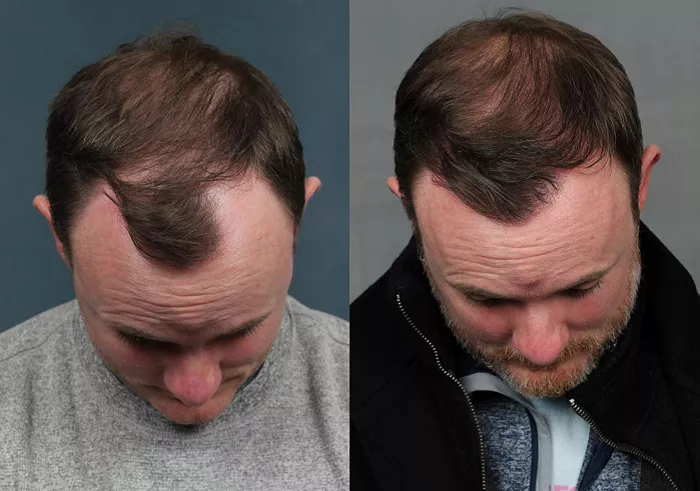Hair loss can be a distressing experience, but modern hair transplant procedures offer effective solutions. Whether you’re considering surgical or non-surgical options, understanding the best techniques is crucial for achieving natural-looking results.
Types of Hair Transplant Procedures
There are several advanced hair restoration methods available today. Let’s explore the most effective ones:
1. Follicular Unit Transplantation (FUT)
FUT, also known as the strip method, involves removing a strip of scalp from the donor area and dissecting it into individual follicular units.
- Pros: Higher graft survival rate, good for large areas
- Cons: Linear scar, longer recovery time
2. Follicular Unit Extraction (FUE)
FUE is a minimally invasive technique where individual hair follicles are extracted directly from the scalp.
- Pros: No linear scar, faster recovery
- Cons: More expensive, time-consuming
3. Robotic Hair Transplantation
Advanced systems like ARTAS use artificial intelligence to perform precise follicular extraction.
- Pros: Ultra-precise, minimal scarring
- Cons: Highest cost, limited availability
Non-Surgical Alternatives for Hair Restoration
For those not ready for surgery, these non-invasive treatments can help:
1. Platelet-Rich Plasma (PRP) Therapy
PRP involves injecting concentrated platelets from your blood to stimulate hair growth.
2. Low-Level Laser Therapy (LLLT)
LLLT devices use light energy to promote hair follicle activity.
3. Topical Treatments
Medications like minoxidil and finasteride can slow hair loss and promote regrowth.
Comparing Hair Transplant Methods
Here’s how the main procedures stack up:
| Procedure | Success Rate | Recovery Time | Cost Range |
|---|---|---|---|
| FUT | 85-95% | 2-3 weeks | $4,000-$15,000 |
| FUE | 80-90% | 1-2 weeks | $5,000-$20,000 |
| Robotic | 90-95% | 1 week | $8,000-$25,000 |
Recovery and Aftercare
Proper aftercare is essential for optimal results:
- Follow all post-operative instructions
- Protect your scalp from sun exposure
- Use prescribed medications as directed
- Attend all follow-up appointments
Risks and Considerations
While generally safe, hair transplants carry some risks:
- Infection
- Bleeding
- Unnatural-looking hairline
- Shock loss (temporary shedding)
Choosing the Right Procedure for You
Consider these factors when deciding:
- Degree of hair loss
- Budget
- Recovery time availability
- Desired results
Conclusion
The best hair transplant procedure depends on your individual needs and goals. While FUE and robotic methods offer the most natural results with minimal scarring, non-surgical options like PRP can be effective for early hair loss. For comprehensive facial rejuvenation, combining hair restoration with micro plastic surgery can provide dramatic yet natural-looking results. Always consult with a qualified specialist to determine the optimal treatment plan for you.
Related topics:


